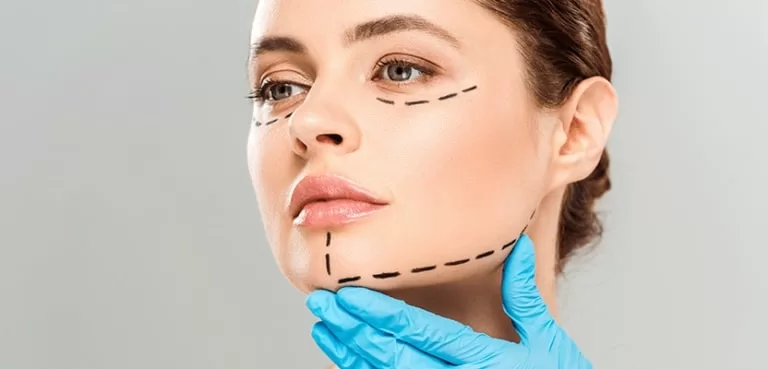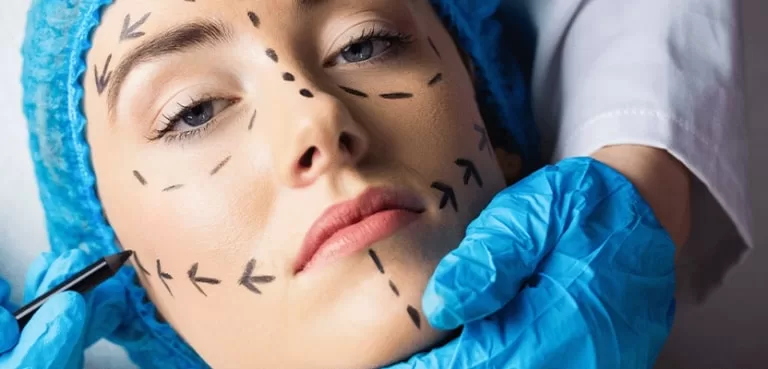+90 533 813 89 77
info@bookingforhealth.com
Trusted Plastic Surgeons in Turkey
Plastic surgery is a popular way to improve one’s appearance. In Istanbul, Turkey, there is a growing interest in cosmetic procedures. People are looking for reputable and skilled plastic surgeons to help them achieve their desired look.
Like any medical procedure, there are both risks and rewards associated with plastic surgery. Some people have had very positive experiences with plastic surgery, while others have had negative outcomes. It is important to do your research and choose a qualified plastic surgeon to minimize the risks and maximize the chances of a successful outcome.
The cost of plastic surgery can vary depending on the procedure, the surgeon’s experience, and the location. Istanbul, Turkey, has become a popular destination for medical tourism because of its skilled surgeons and more affordable plastic surgery costs compared to many Western countries.
If you are considering plastic surgery in Istanbul, Turkey, it is important to weigh the potential benefits and risks carefully. You should also conduct thorough consultations with trusted plastic surgeons and inquire about the total cost, including any additional expenses related to travel and accommodation.
In conclusion, cosmetic procedures have become increasingly popular for people who want to improve their appearance. While it is important to be aware of the potential risks, it is also important to approach such decisions with caution, research, and expert guidance to ensure safe and satisfactory outcomes.
What is the Plastic Surgery?
Plastic surgery is a medical specialty that uses surgical procedures to repair or reconstruct the shape and function of the body.
The word “plastic” comes from the Greek word “plastikos” meaning “that can be shaped or molded”. The history of plastic surgery can be traced back to ancient times, when surgeons used skin grafts and other techniques to repair injuries and treat disease.

The modern era of plastic surgery began in the late 19th and early 20th centuries, with the development of new techniques and technologies. In 1845, German surgeon Carl Ferdinand von Graefe performed the first successful rhinoplasty (nose surgery), and in 1887 the first successful skin transplant was performed by German surgeon Carl Buntschu.
The term “plastic surgery” was first used by British physician and surgeon Joseph Carpue in 1818 to describe the work of reconstructing noses using skin from other parts of the body.
It is an area that has come a long way in recent years, with advances in technology and techniques providing more natural-looking results and faster recovery times.

Types of Plastic Surgery
Plastic surgery is a broad field and can be divided into several sub-specialties. Some of the most common types of plastic surgery include:
- Plastic Surgery: It aims to improve the appearance of the face and body. Examples include facelift, breast augmentation, and liposuction.
- Reconstructive Surgery:This type of surgery is done to repair or reconstruct a part of the body that has been damaged by injury, disease, or birth defects. Examples include post-cancer breast reconstruction, cleft palate repair, and hand surgery.
- Hand Surgery: It involves repairing or reconstructing the hand, wrist, or fingers. Examples include carpal tunnel surgery, trigger finger surgery, and joint replacement.
- Burn Surgery: It is applied to repair damage caused by burns. Examples include skin grafts, reconstruction of the nose, ears, and lips.
There are special techniques and surgeries for each of these titles. The most popular procedures are those that are usually performed in the field of cosmetic surgery. Some of these are also listed below.
Procedures
- A facelift, also known as a rhytidectomy, is a surgical procedure that tightens the skin and muscles under the face to reduce the appearance of wrinkles and sagging skin. This operation can be performed on the entire face or only on certain areas such as the midface or neck.
- Breast augmentation is a surgical procedure that involves using implants to increase the size and shape of the breasts. It can be done using silicone or saline implants, and surgery can be done at different incisions, such as the armpit, areola, or under the breast.
- Liposuction is a surgical procedure that aims to remove unwanted fat deposits in certain parts of the body such as the abdomen, hips and buttocks. The operation can be performed using traditional surgical methods or newer techniques such as laser liposuction or the ultrasound-assisted version.
- Rhinoplasty, also known as rhinoplasty, is a surgical procedure that involves reshaping the nose to improve its appearance or function. This operation can be used to change the size or shape of the nose, reduce the size of the nostrils, or correct a crooked septum.
- Abdominoplasty, also known as abdominoplasty, is a surgery that tightens the abdominal muscles and removes excess skin and fat from the stomach area. It can be used to improve the appearance of the stomach after pregnancy or weight loss, or to repair muscles and skin that have been stretched due to obesity or pregnancy.
- Blepharoplasty aims to remove excess skin, fat and muscle from the upper or lower eyelids to improve the appearance of the eyes and reduce the appearance of puffiness, bags or wrinkles around the eyes.
- A butt lift is a surgical procedure that tightens and lifts the skin and underlying tissue of the buttocks to improve its shape and appearance. This surgery can be done alone or in combination with liposuction.
Benefits and Risks of Plastic Surgery
Plastic surgery can provide many benefits, including improved self-esteem and confidence, a younger appearance, and the ability to perform daily activities more easily. However, as with any surgical procedure, there are risks to consider. These include bleeding, infection, and anesthesia complications. Patients should discuss all risks with their surgeon before surgery.
Healing Process and Care Recommendations After Plastic Surgery
The postoperative recovery process is crucial in plastic surgery. Patients must adhere to their doctor’s instructions, as the healing period varies with the type of procedure. Managing swelling and bruising is common. Home care is vital, ensuring regular wound cleaning and maintenance. A healthy diet and adequate rest can expedite recovery.
Psychological support and positivity are crucial for mental well-being. Proper scar care and sun protection are also essential. Regular check-ups and communication with the specialist are necessary for a successful recovery.